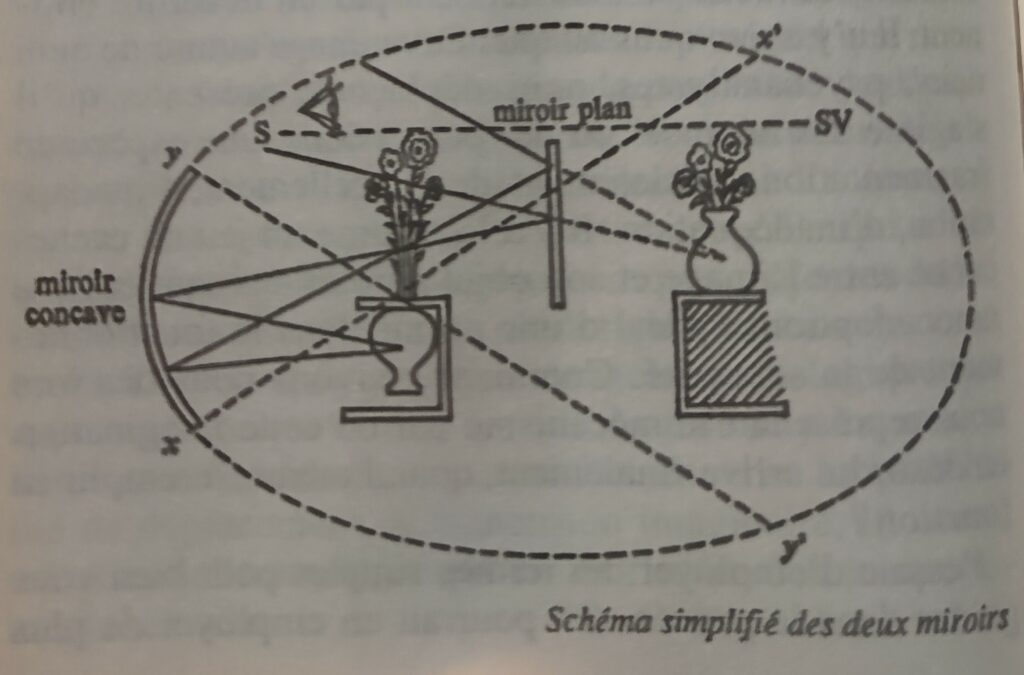The stigmatized individual tends to hold the same beliefs about identity that we do; this is a pivotal fact. His deepest feelings about what he is may be his sense of being a normal person, a human being like anyone else, a person, therefore, who deserves a fair chance and a fair break. (Actually, however phrased, he bases his claims not on what he thinks is due everyone, but only everyone of a selected social category into which he unquestionably fits, for example, anyone of his age, sex, profession, and so forth.)
Yet he may perceive, usually quite correctly, that whatever others profess, they do not really “accept” him and are not ready to make contact with him on equal grounds. Further, the standards he has incorporated from the wider society equip him to be intimately alive to what others see as his failing, inevitably causing him, if only for moments, to agree that he does indeed fall short of whit he really ought to be. Shame becomes a central possibility, arising from the individual’s perception of one of his own attributes as being a defiling thing to possess, and one he can readily see himself as not possessing. The immediate presence of normals is likely to reinforce this split between self-demands and self, but in fact self-hate and self-derogation can also occur when only he and a mirror are about.
L’individu stigmatisé tend à avoir les mêmes idées que nous sur l’identité. C’est là un fait capital. Certes, ce qu’il éprouve au plus profond de lui-même, ce peut être le sentiment d’être une personne normale », un homme semblable à tous les autres, une personne, donc, qui mérite sa chance et un peu de répit. (En fait, de quelque façon qu’il exprime sa revendication, il la fonde sur ce qu’il estime du, non à tous, mais à tous les membres d’une catégorie sociale choisie qui lui convient indubitablement, telle que, par exemple, l’âge, le sexe, la profession, etc.)
Mais, en même temps, il peut fort bien percevoir, d’ordinaire à juste titre, que, quoi qu’ils professent, les autres ne l’ acceptent » pas vraiment, ne sont pas disposés à prendre contact avec lui sur un pied d’égalité plus, les critères que la société lui a fait intérioriser sont autant d’instruments qui le rendent intimement sensible à ce que les autres voient comme sa déficience, et qui, inévitablement, l’amènent, ne serait-ce que par instants, à admettre qu’en effet il n’est pas à la hauteur de ce qu’il devrait être. La honte surgit dès lors au centre des possibilités chez cet individu qui perçoit l’un de ses propres attributs comme une chose avilissante à posséder, une chose qu’il se verrait bien ne pas posséder.
La présence alentour de normaux ne peut en général que renforcer cette cassure entre soi et ce qu’on exige de soi, mais, en fait, la haine et le mépris de soi-même peuvent aussi bien se manifester lorsque seuls l’individu et son miroir sont en jeu.
Erving Goffman, Stigmate – les usages sociaux des handicaps (1963), Trad. Alain Kihm, Les éditions de minuit, 1975, Paris, p. 17-18
